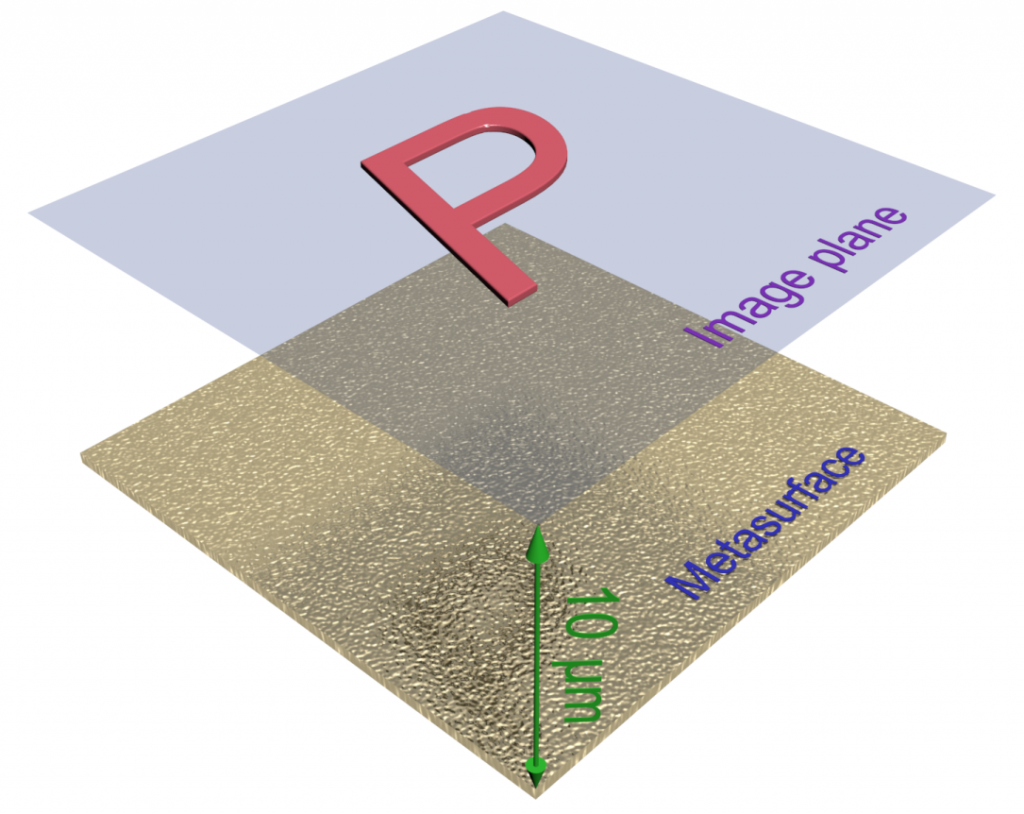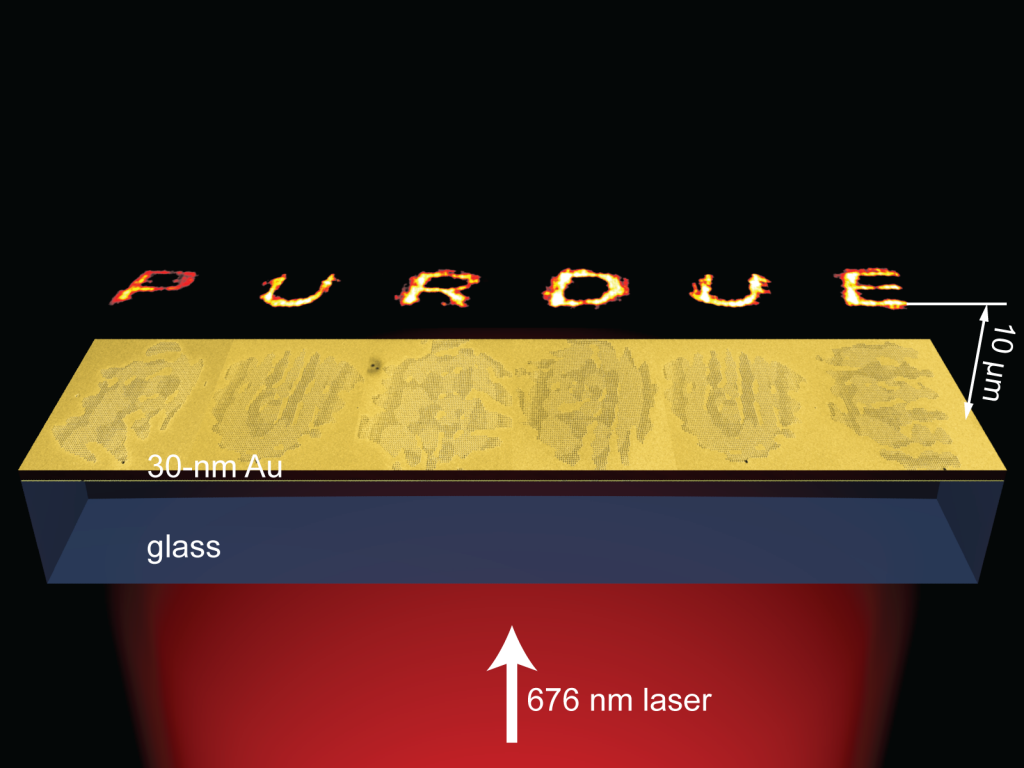Metasurface Holograms Reconstruct High-Resolution 3D images
Holography, a revolutionary 3D imaging technique, has been developed for storing and recovering the amplitude and phase of light scattered by objects. Later, single-beam computer-generated phase holography was proposed for restoring the wavefront from a given incidence. However, because the phase modulation depends on the light propagation inside the material, the thickness of phase holograms usually remains comparable to the wavelength. Here we experimentally demonstrate ultra-thin metasurface holograms that operate in the visible range whose thickness is only 30 nm (approximately 1/23 of the operational wavelength). To our knowledge, this is the thinnest hologram that can provide both amplitude and phase modulation in the visible wavelength range, which generates high-resolution low-noise images. Using this technique, not only the phase, but potentially the amplitude of the incident wave can be efficiently controlled, expanding the route to new applications of ultra-thin and surface-confined photonic devices.

An image plane is chosen above the metasurface hologram at a given distance (here we choose 10 μm). A flat, light-emitting virtual object is located in the image plane. The phase and amplitude distribution of the electric field propagating from the object are mapped to the metasurface plane.

The image is of the word ‘PURDUE’. The sample is illuminated by a Kr/Ar laser at 676 nm from the glass substrate side. The images are obtained experimentally at a plane 10 μm above the metasurface hologram. The patterns on the gold film are the FE SEM images of the fabricated samples.
Reference: X. Ni, A. V. Kildishev, and V. M. Shalaev, “Metasurface holograms for visible light,” Nature Communications 4:2807, 2013. [Fulltext | SOM | Link]

